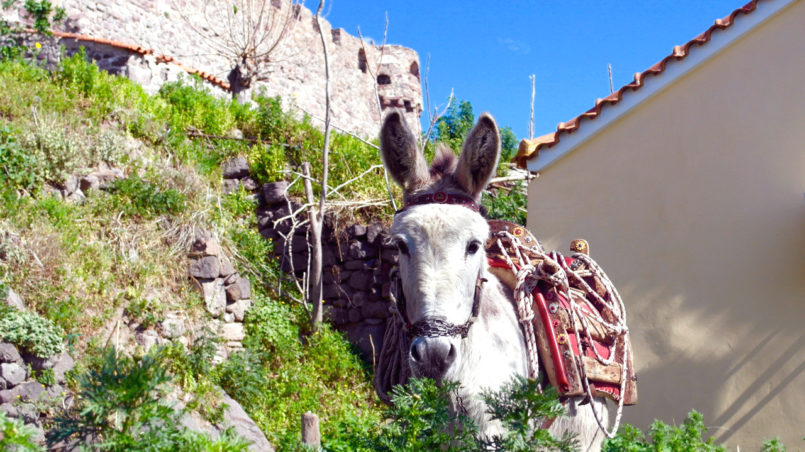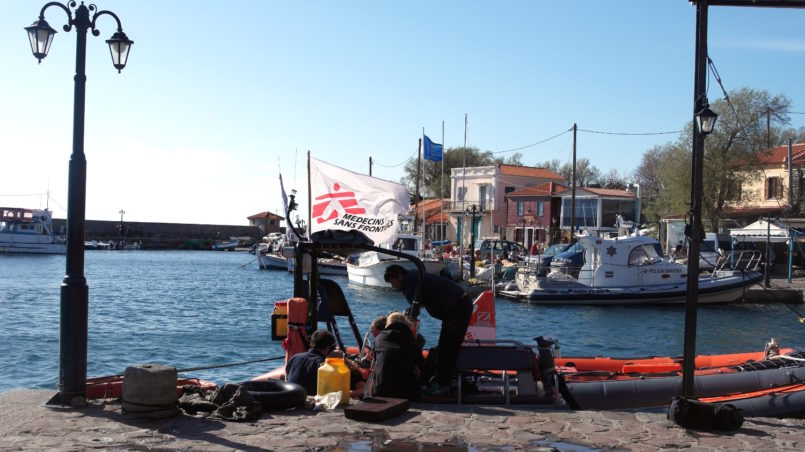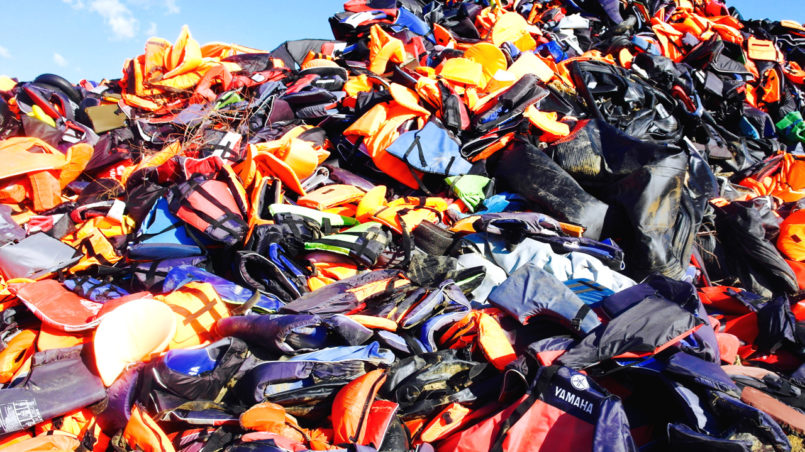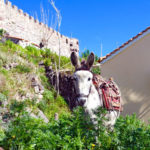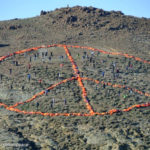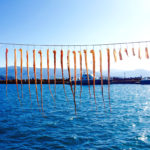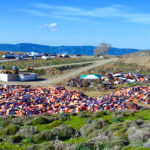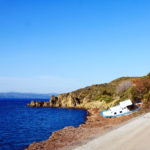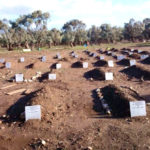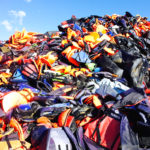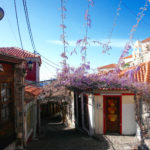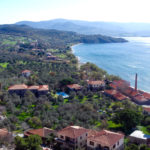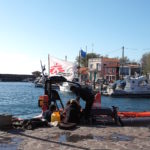Life jacket graveyard
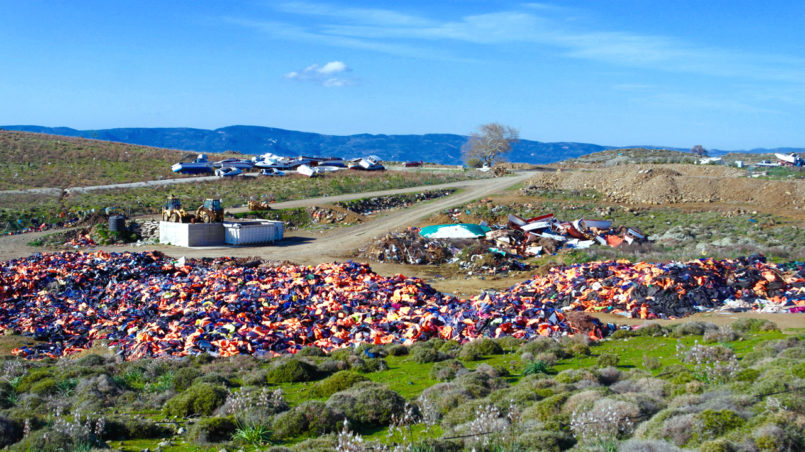
After I had reasonably recovered from the previous night, I decided to have a “day off” and explore the island.
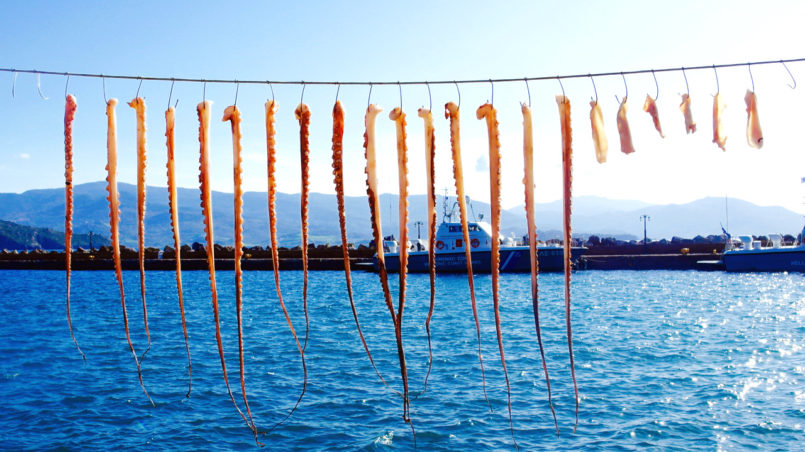
My first goal was to go to Molyvos, a small village in the island’s northern part. A few months ago, Molyvos used to be a very popular destination for refugee boats, since the route is much shorter compared to those in the south. Due to the coast guards’ patrols and other factors, people are now forced to choose the longer route.
Molyvos is a lovely seaside town with a castle and many restaurants – it is hard to conceive that a just few months ago this exact ocean, I am setting eyes on now, could have been a place of death for so many innocent people.
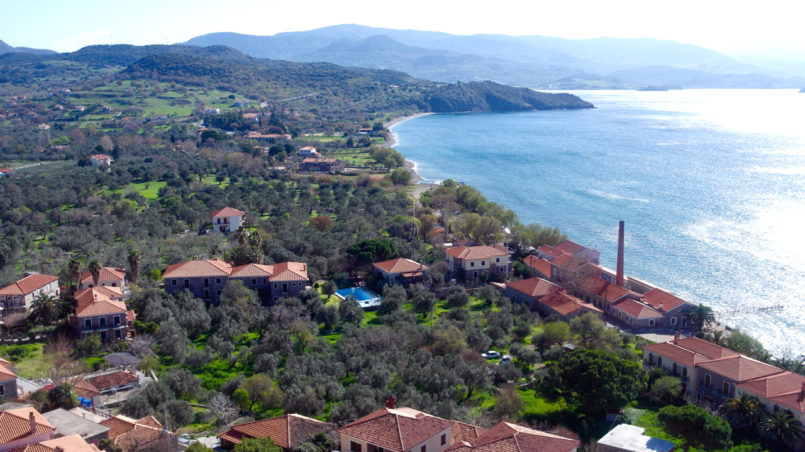
During a short walk, I noticed that despite the peaceful situation regarding the arrival of boats, a great many organizations and the odd volunteer are still present, including MSF (Ärzte ohne Grenzen). It was later explained to me, that although fewer boats are coming in, there are still 2-3 arrivals per week.
My second destination was a visit to the “Life Jacket Graveyard”. I asked some locals where it was located and they said to just go to the landfill.
When I arrived there, I could hardly believe my eyes: even from a distance I could see hundreds upon hundreds of orange lifejackets. The sheer number of these lifejackets is shocking.
As I slowly approached, I saw children’s lifejackets, engines, shoes, rubber boats, simply everything. I realized that each of these lifejackets had belonged to a person – someone who previously had a life and was forced to flee. Each of these lifejackets tells a story of its own.
I wondered if all these people had drowned? The answer, fortunately, was no. These vests are evocative of the people who did not survive the perilous journey across the Aegean sea, as well as the survivors.
Many had to lose their lives because of some smugglers selling false lifejackets: instead of protecting against submersion, they facilitate sinking by filling up with water.
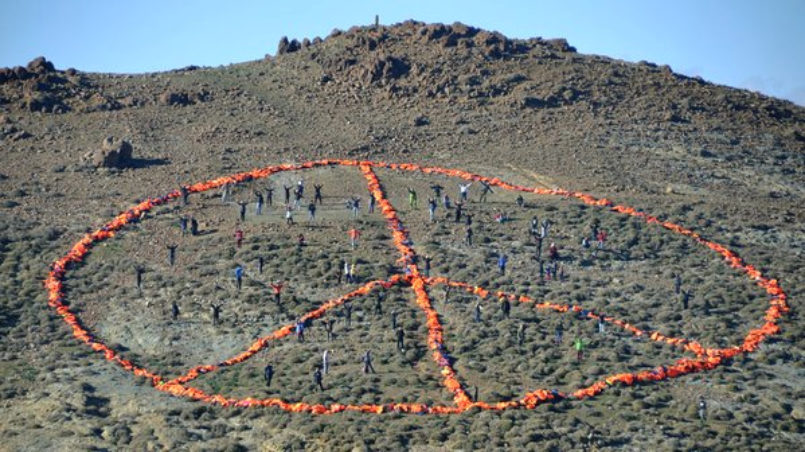
About a month ago, volunteers put together a peace sign from all the lifejackets. Unfortunately, because of weather conditions and other factors it did not survive.
I am now setting out again, to reach my final destination, the cemetery – where those who have lost their lives are buried.
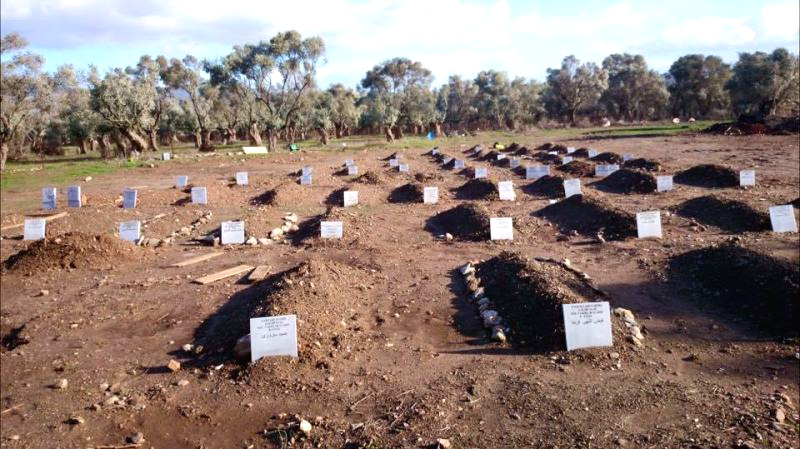
It is located in a small village by the name of Kato Titros, in the island’s south. Since dusk had already fallen, I could not enter the cemetery. I could recognize that it was secluded from the local village cemetery, though, as they had run out of space there.
One could see that a hole had simply been dug into the ground and a stone had been set, reading nothing but the date of death. No name appeared, because the bodies could frequently not be identified. Unfortunately, it is the “nameless” who are buried there.
There were feelings of “hatred” bubbling up inside of me; how can it be that we let so many people die?
Translation from German: Serena Nebo


